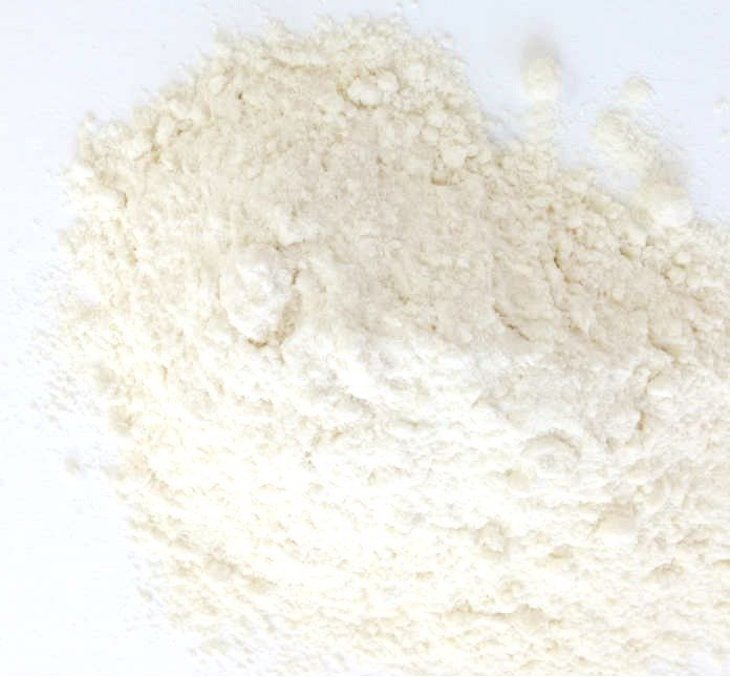The risks of uncooked flour have been well documented through studies and food poisoning outbreaks linked to that ingredient. But many recipes, especially older ones, call for using flour that is not cooked. To be able to make these recipes without the risk of food poisoning, many sites have been advocating that home cooks treat their own flour. But a Purdue researcher says that home treated flour may not be safe after all.

The typical “recipe” for treating raw flour at home is to spread it on a pan and microwave it or bake it in the oven until it reaches 160°F, the temperature at which E. coli and other pathogens are destroyed. Purdue food scientist Yoahua “Betty” Feng states that those treatments are not guaranteed to make the flour safe.
She says that while heating meats or other wet foods to certain temperatures will kill pathogens, the bacteria act differently in dry ingredients such as flour.
Feng said, ““We cook chicken to 165 degrees because that’s how we kill salmonella in that product. But it’s not that simple in flour because salmonella is more heat resistant when moisture is low. We still need more research data to confirm how hot you’d have to get the flour or how long you’d have to hold it at that temperature to make the flour safe to eat.”
There are other variables that make home treated flour risky. The thickness of the flour on the baking tray, the way the flour is mounded, the type of container used, and other factors can affect heat transfer and not all of the flour may reach a safe temperature. The methods of heating in consumers’ ovens and microwaves have not been studied in scientific experiments.
To make matters worse, in a study conducted by Feng, 66% of flour consumers said they ate raw cookie dough or cake batter. More than 80% of consumers were not even aware of flour recalls for dangerous pathogens or outbreaks linked to raw flour. And only 17% said they thought they would be affected by flour outbreaks or recalls. The brands of flour recalls for E. coli contamination in the past include King Arthur, Pillsbury, and Gold Medal.
Outbreaks linked to flour are not in the distant past. A 2016 E. coli O157:H7 outbreak linked to General Mills flour sickened at least 46 people. And in 2019, an E. coli O26 outbreak linked to ADM Milling flour which encompassed Pillsbury bread flour, ALDI Baker’s Corner, and King Arthur flour, sickened at least 21 people.
You can buy commercially heat treated flour, which is recommended if you want to make recipes that use uncooked flour with no kill step of baking. Or avoid those recipes and don’t eat raw cookie dough or batter.




